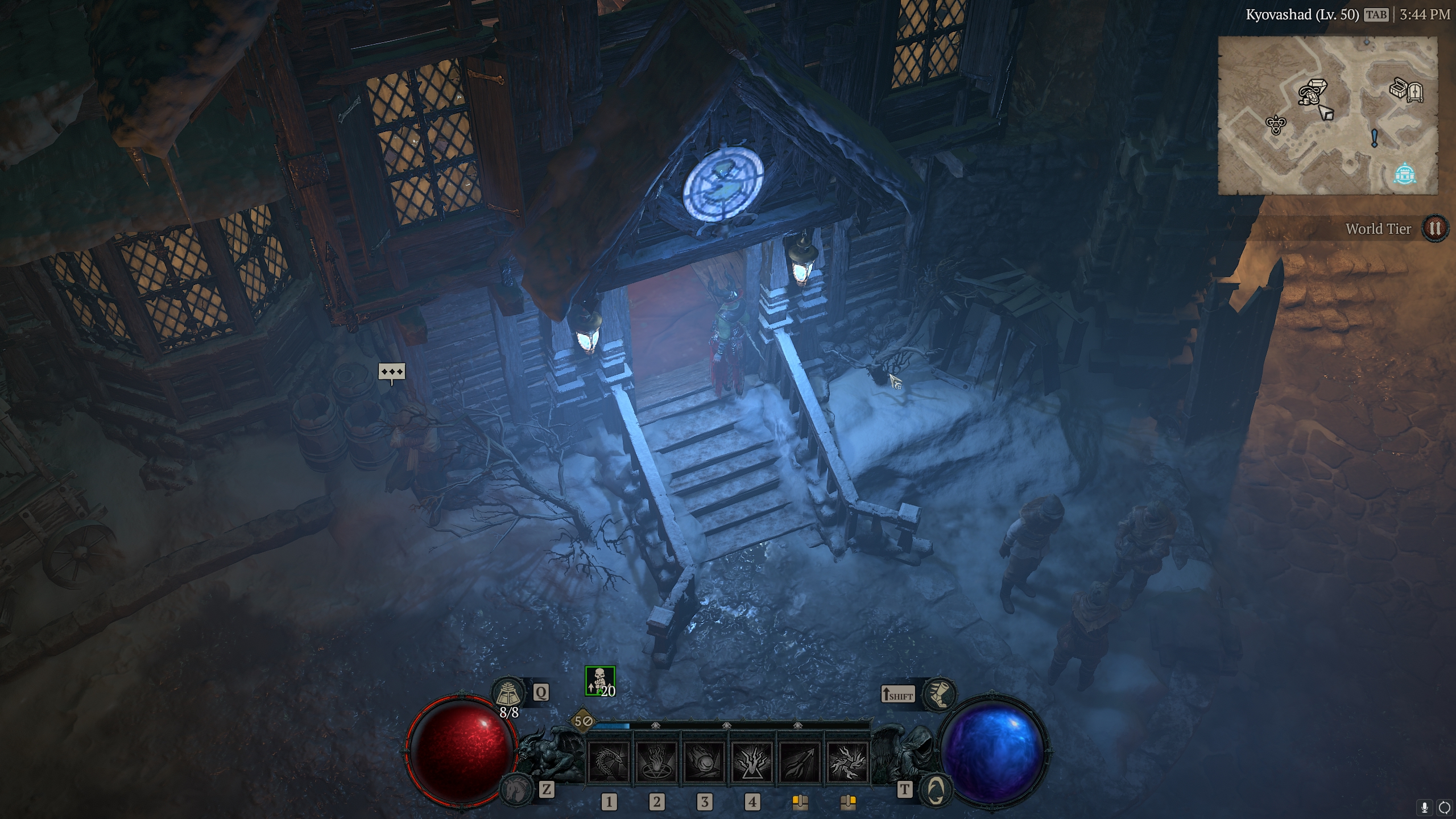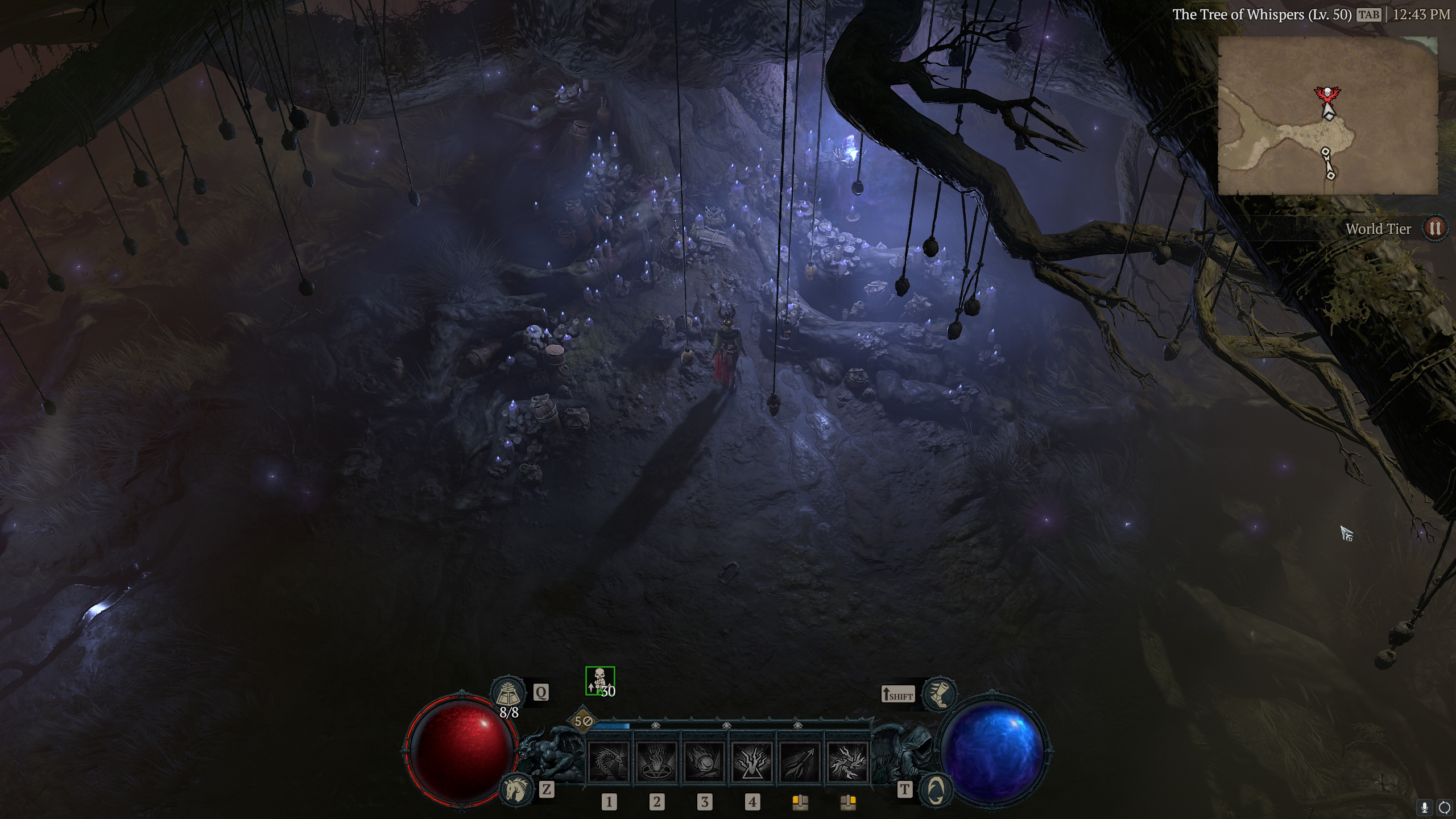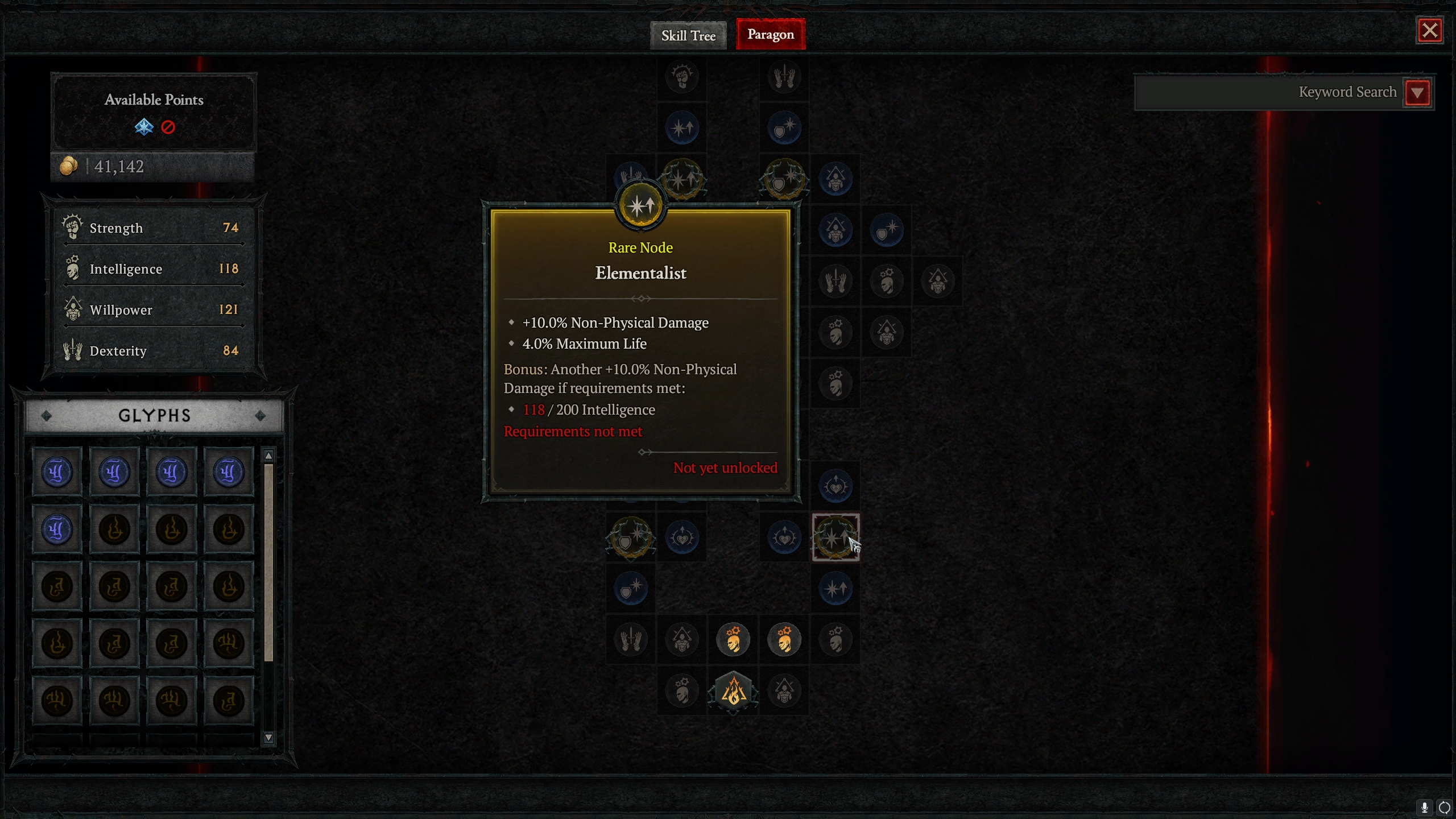Diablo 4 level unlocks: Here's when you can access different systems
The character milestones and the systems they unlock.

Knowing which level unlocks certain vendors or abilities in Diablo 4 is a good place to start, especially if you want to break down your leveling into manageable chunks so you can look forward to the rewards that certain level milestones offer. Even the most battle-hardened nephalem can become weary without an incentive to push them through those next few levels.
There are plenty of systems in Diablo 4, whether that's tweaking your build with item enchantments, progressing through dungeons to unlock an Aspect and imprint it onto a piece of gear, or simply getting your first mount, so it makes sense that you'd want to know when you gain access to these things. So, with that in mind, here's what level you need to be to unlock Diablo 4's major systems
Level 5: Waypoints and fast travel

Waypoints are unlocked once you reach Kyovashad, the first main town you arrive in as part of the initial campaign section. You need to click on any waypoints you find to activate them, and you can then fast-travel to these locations by clicking on their icons on the map.
Level 20: Jeweler

The Jeweler is an NPC found in many towns and cities that lets you craft better quality gems or remove them from gear that you're no longer using. They also let you add sockets to gear and upgrade jewelry.
Level 25: Occultist

The Occultist unlocks at level 25, though you can access this sooner if you acquire an Aspect from one of the dungeons.
As the name suggests, Extract Aspect allows you to extract the bonus that a legendary item gives you so you can imprint it onto another piece of gear. The original legendary item is lost in the process.
Imprint Aspect lets you upgrade a rare quality item to a legendary one while giving it the bonus of any Aspect you choose. You can use an Aspect gained from a dungeon using the Codex of Power or one you've extracted using the above method. The latter are stored in your inventory under the Aspects tab.
Keep up to date with the most important stories and the best deals, as picked by the PC Gamer team.
Item Enchanting lets you change stats or other modifiers on a piece of gear, though only one bonus can be changed, so choose carefully. You can reroll the bonus you've already changed as many times as you like, though the price will go up each time. Item enchanting uses both gold and materials. The material cost also depends on the item's quality.
Level 30: Mounts

While mounts don't seem to have a strict level requirement, you must finish the third Act of the main campaign on one character to get the quest to unlock them. This should happen at around level 30 if you do nothing other than the story quests.
Level 45: Unique Ring and Whispers of the Dead

You'll receive a unique Legendary Ring as a reward from the final boss fight at the end of the campaign. This has a bonus tied to your class and an item power level of 570, so you'll want to equip it right away. The recommended level for the final campaign quest is 45+, so it might be possible to get the ring sooner if your class is particularly OP.
Whispers of the Dead is a late-game activity that rewards you with gear, gems, herbs, and a big chunk of XP. Like the ring, this unlocks once you've finished the campaign which should be around level 45.
Level 50: Additional difficulties and Paragon board

World Tier 3: Nightmare difficulty is unlocked by completing the associated priority quest, which sends you into your first capstone dungeon after you've completed the Whispers of the Dead quest. It should be noted that this quest is suggested for level 50 players and above, though you can enter the dungeon as soon as you get the quest, so it may be possible to unlock this before level 50.
Paragon levels unlock at level 50 and allow you to put any new skill points into your Paragon Board. These let you unlock additional attributes, bonuses, and Glyph slots, making the Paragon system significantly different from that of Diablo 3, which simply allowed you to add more stats.

Sarah started as a freelance writer in 2018, writing for PCGamesN, TechRadar, GamingBible, Red Bull Gaming and more. In 2021, she was offered a full-time position on the PC Gamer team where she takes every possible opportunity to talk about World of Warcraft and Elden Ring. When not writing guides, most of her spare time is spent in Azeroth—though she's quite partial to JRPGs too. One of her fondest hopes is to one day play through the ending of Final Fantasy X without breaking down into a sobbing heap. She probably has more wolves in Valheim than you.

